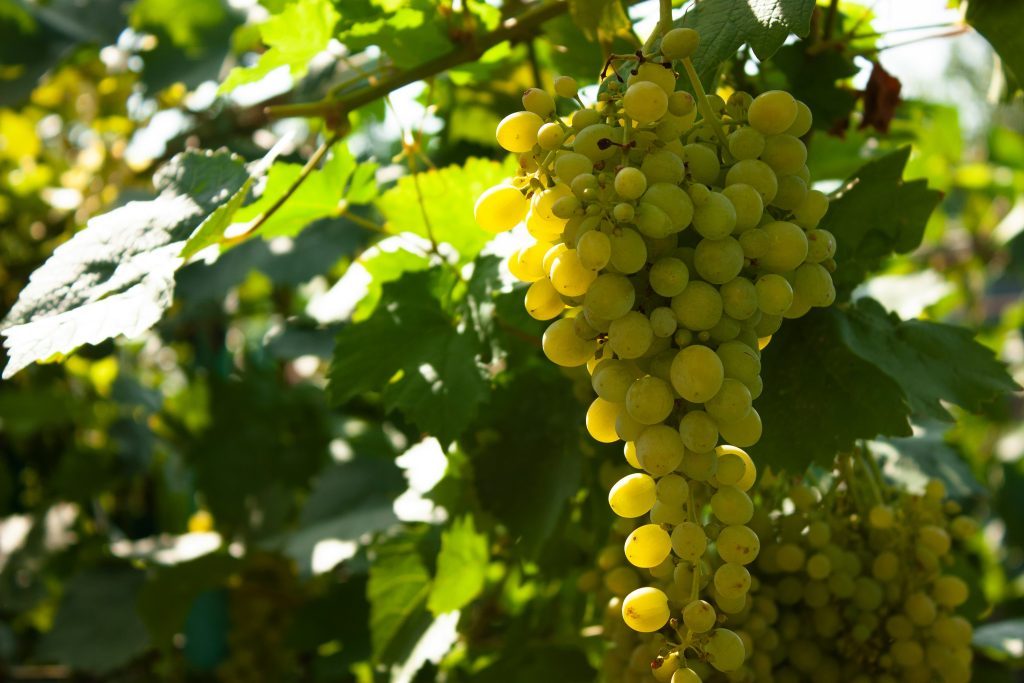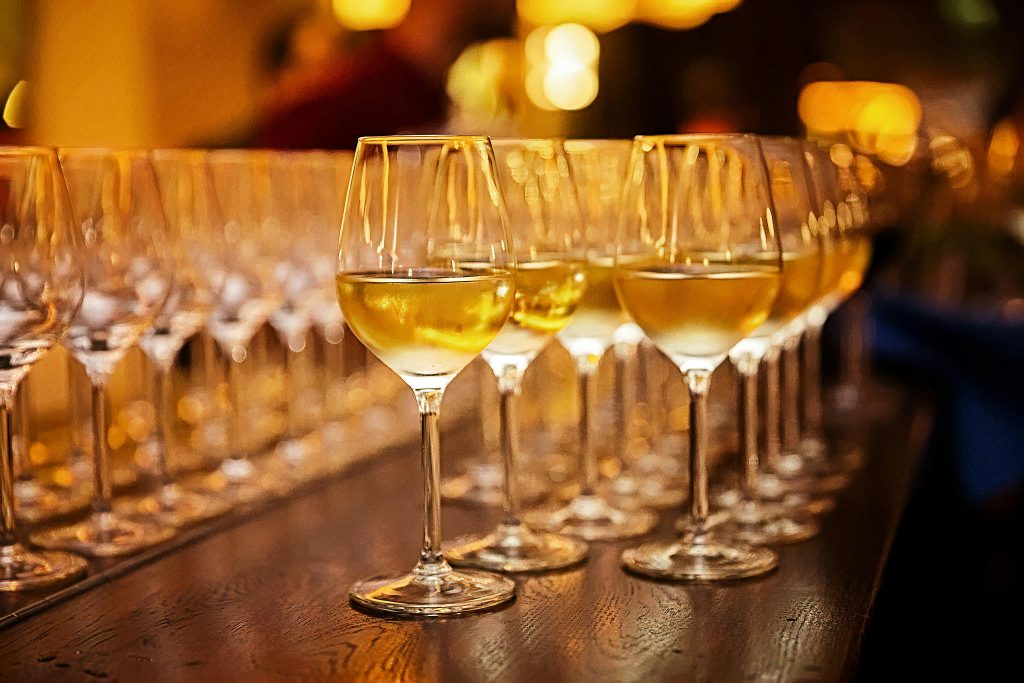The ancestral method of winemaking
The ancestral method of wine-making is one of the oldest and most natural techniques for producing sparkling wine. Also known as “méthode ancestrale,” this method stands out for its simplicity and minimal intervention approach, allowing for the creation of unique and expressive wines.
In this article, we will explore the origins of this practice, the wine making process, the distinctive characteristics of the wines produced, and some tips for best enjoying them.
Origins and History
The ancestral method has roots that stretch back hundreds of years, predating the introduction of controlled fermentation and the Champenoise method (the basis of modern Champagne). Originating in French regions, particularly in the Limoux area of Languedoc, this method was a way for wine producers to naturally create sparkling wines during the colder months.
The practice has evolved over time but retains its essence of producing wine in as natural and authentic a way as possible.

The Wine-making Process
Unlike most modern methods for producing sparkling wine, the ancestral method begins with the partial fermentation of the must in open vats or stainless steel tanks. This process naturally stops when temperatures drop during the winter, leaving a significant amount of un-fermented residual sugars.
The wine is then bottled, and fermentation resumes in spring with rising temperatures, consuming the residual sugars and producing carbon dioxide, which is trapped in the bottle, thus creating natural effervescence.
Distinctive Characteristics
Wines produced using the ancestral method are known for their complexity and variety of aromatic profiles, often with fresh yeast notes, ripe fruit, and a mild acidity that balances the natural sweetness.
The effervescence is typically softer and less aggressive than that of wines produced with more interventionist methods.
Additionally, these wines often have a slight turbidity due to the presence of unfiltered yeasts, which some enthusiasts consider a hallmark of their authenticity and natural production method.

Tasting Tips
To fully appreciate a wine made using the ancestral method, it is important to serve it at the right temperature, generally around 8-10°C (46-50°F). These wines are versatile and pair well with a wide range of dishes, from soft cheeses to seafood dishes, to spicy ethnic cuisine.
It is also interesting to experiment with tasting different vintages of the same wine, to observe how the characteristics evolve over time in the bottle.
Conclusion
The ancestral method represents a return to the roots of sparkling wine production, offering a unique experience for both the producer and the consumer. These wines not only tell the story of a place and its traditions but also offer a complexity and depth of flavor that are hard to find in more industrialized production methods.
For wine enthusiasts looking for something different, wines produced with the ancestral method are definitely worth exploring and enjoying.
Come visit Tuscan Taste and discover the rich, nuanced flavors of wines crafted using the ancestral method – a true celebration of tradition and authenticity in every glass!